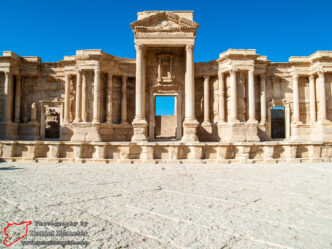
Palmyra – Theater تدمر – مسرح
Centrally located in the acropolis of Palmyra (تدمر) are the remains of the ancient city’s theater (مسرح). Largely buried under sand until …

Centrally located in the acropolis of Palmyra (تدمر) are the remains of the ancient city’s theater (مسرح). Largely buried under sand until …
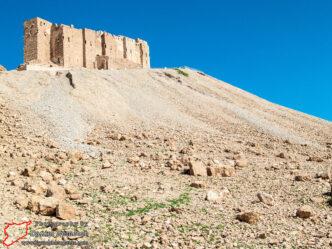
Located west of Palmyra (تدمر) and constructed with stones from its ancient ruins is the Ayyubid-era fortress Qalaat Shirkuh (قلعة شيركوه). Featuring …
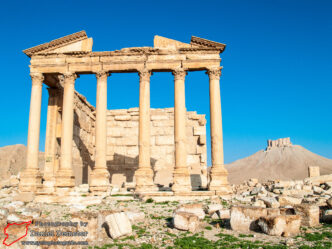
Located in the northwestern periphery of the ancient city of Palmyra (تدمر), at the end of the main colonnaded street, is a …
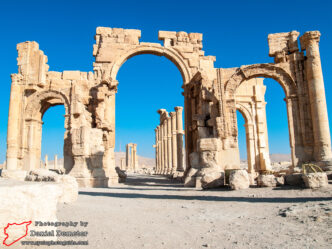
One of the most recognizable structures in the ancient city of Palmyra (تدمر) is the remarkable monumental arch (قوس النصر). Also known …
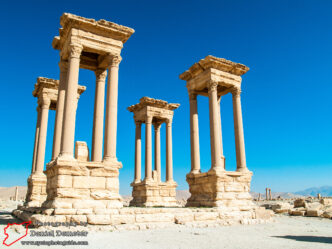
Unlike most Roman cities in the region, the ancient city of Palmyra (تدمر) did not conform to the standard city plan of …
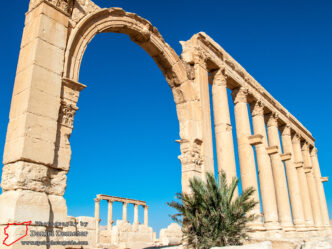
The ancient city of Palmyra (تدمر) had already been well established by the time the Romans seized control over the region, and …
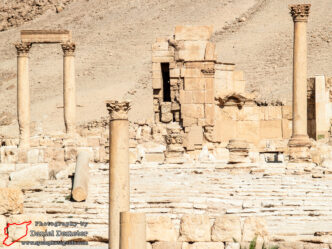
The area known as the Camp of Diocletian (معسكر ديوقلسيان) was a late Roman expansion to the ancient city Palmyra (تدمر), located …
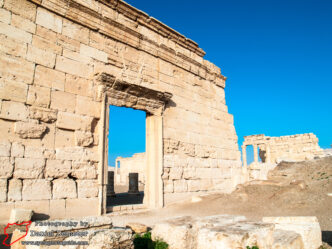
The ancient city of Palmyra (تدمر) features an impressive agora (الآغورا), or public gathering place. While these were traditionally the center of …
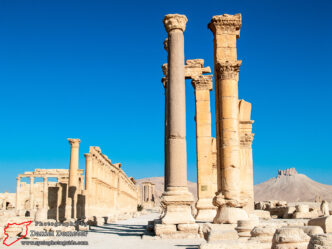
While poorly preserved, the baths (الحمامات) of Palmyra (تدمر) offer some insight into the public amenities of this ancient city during the …
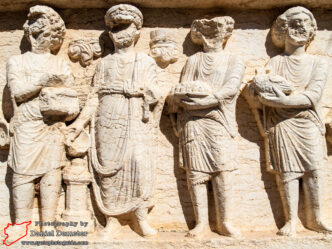
The modern town of Palmyra (تدمر), northeast of the ancient city, was first settled in the late 1920s and early 1930s. Prior …